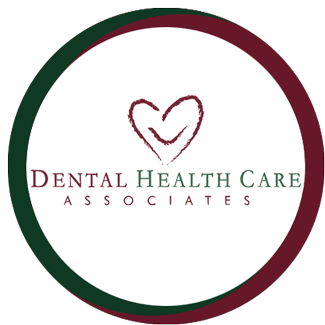Our Services
Every hour of every day in North America someone dies of oral cancer.
Historically the primary risk factors for oral cancer included tobacco use, frequent and/or excessive alcohol consumption, a compromised immune system, and past history of cancer, with a high percentage of victims being males over the age of 40.
Benefits of Early Detection
We believe that the key to increasing the percentage of oral cancers discovered in early stages is two-fold:
- First, to ensure that all patients are screened, at least annually, for oral cancer using the conventional “white light” exam (a visual and manual examination of the oral cavity, head, and neck).
- Second, to supplement that conventional exam with an exam using an effective adjunctive screening device.
According to the SEER database:
- Found early, oral cancer’s five-year survival rate is 80% to 85%
- Found late, oral cancer’s five-year survival rate is only about 50%
Oral Squamous Cell Carcinomas (OSCC)
OSCC make up over 90% of all oral cancers:
- Because of its appearance OSCC is difficult to differentiate from the other relatively benign lesions of the oral cavity.
- Early OSCC and potentially malignant lesions can appear as a white patch (leukoplakia), or as a reddened area (erythroplakia), or as a red and white (erythroleukoplakia) mucosal change under standard white light examination.
- These cellular changes are often non-detectable to the human eye (even with magnification eyewear) under standard lighting conditions.
- Often, when the lesion becomes visible, it has advanced to invasive stages.
- The high mortality rate is directly related to the lack of early detection of potentially malignant lesions.
- When diagnosis and treatment are performed at or before a Stage 1 carcinoma level, the survival rate is 80%-to-85%.
View Training Videos to understand how the sensitve tissue fluorescence visualization technology of the VELscope® Vx adjunctive device works.
The HPV Connection
In recent years, younger males as well as females have accounted for an increasing percentage of oral cancer victims. The reason, which has been documented by numerous studies, is now known to be a link between oral cancer and the sexually transmitted human papilloma virus, or HPV.
One type of HPV — the HPV-16 strain — is the leading cause of oropharyngeal cancer, the fastest-growing type of head and neck cancer. HPV is also the leading cause of cervical cancer, and it can cause vaginal, penile and vulvar cancer as well as genital warts.
About 20 million Americans currently have an HPV infection. According to the CDC, an estimated:
- 7,080 men and 14,720 women develop cancers associated with HPV types 16 and 18 every year.
- An estimated 80% of anal cancers, 65% of vaginal cancers, 60% of oropharyngeal cancers, 50% of vulvar cancers, 35% of penile cancers and nearly all cervical cancers are HPV-related.
- HPV-related disease costs an estimated $8 billion annually.
Early Screening May Affect Mortality Rates
The impact of HPV is one reason that, despite the decline in tobacco usage, oral cancer is one of the few cancers whose incidence rate has not improved in the past 50 years.
The cancers that have seen a major decline in the mortality rate have included colon, cervical, and prostate cancer, and the primary reason is increased screening and earlier detection. We feel there is every reason to believe that increased screening and earlier detection will have the same effect on the mortality rate of oral cancer.

